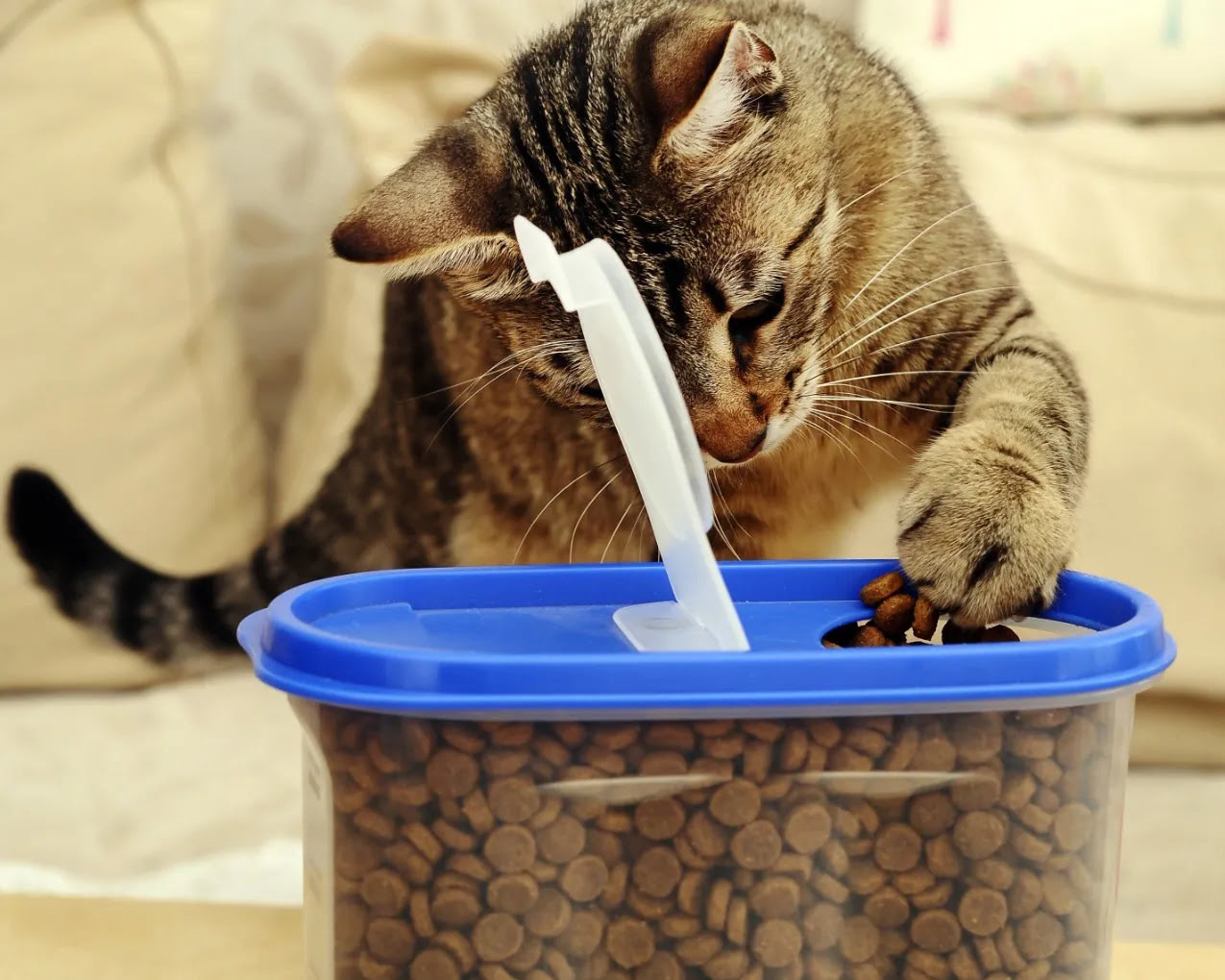

Articles
How To Store Dry Cat Food Long Term
Modified: January 6, 2024
Looking for tips on storing dry cat food long term? Our articles have all the information you need to keep your cat's food fresh and safe.
(Many of the links in this article redirect to a specific reviewed product. Your purchase of these products through affiliate links helps to generate commission for Storables.com, at no extra cost. Learn more)
Introduction
Properly storing dry cat food is essential for ensuring its freshness, nutritional value, and longevity. Whether you’re buying in bulk or want to keep a backup supply on hand, knowing how to store dry cat food long term is crucial. Cats are creatures of habit and rely on a consistent diet to maintain their health and well-being, so it’s important to provide them with high-quality food that hasn’t lost its nutritional value over time.
In this article, we will delve into the factors to consider for long-term dry cat food storage, provide a step-by-step guide to storing dry cat food, discuss the different containers you can use, give tips on maintaining the quality of the food, and answer some frequently asked questions to help you make the most out of your stored dry cat food.
By following the proper storage techniques outlined in this article, you can ensure that your cat always has access to fresh, high-quality food, while also minimizing wastage and saving yourself time and money in the long run.
Key Takeaways:
- Proper storage of dry cat food involves factors such as temperature, airtight containers, and hygiene. Following a step-by-step guide and choosing the right container are crucial for maintaining freshness and nutritional value.
- To ensure the longevity of stored dry cat food, consider factors like airtightness, material, and size when choosing a container. Implementing tips such as FIFO principle and regular inspection can help maintain food quality.
Read more: How To Store Dried Fruit Long Term
Factors to Consider for Long-Term Dry Cat Food Storage
When it comes to storing dry cat food for the long term, there are several factors to consider to ensure the optimal preservation of its quality and nutritional value. Here are some key factors to keep in mind:
- Temperature: The temperature at which you store dry cat food plays a crucial role in preserving its freshness. Extreme temperatures, either too hot or too cold, can cause the food to spoil or lose its nutritional content. It’s important to find a cool, dry place to store the cat food, away from direct sunlight or any heat sources.
- Airtight Containers: Keeping cat food in airtight containers is essential for preventing moisture and air from entering and spoiling the food. Exposure to air can lead to oxidation and the growth of mold and bacteria, which can be harmful to your cat’s health. Look for containers that provide a tight seal to ensure maximum preservation.
- Humidity: Moisture is the enemy when it comes to storing dry cat food long term. High humidity levels can lead to the development of mold and can cause the food to become stale. It’s important to store the cat food in a dry environment with low humidity levels to maintain its freshness.
- Hygiene: Maintaining good hygiene practices is crucial for the long-term storage of dry cat food. Before storing the food, make sure the storage container is clean and free from any residues. Additionally, your hands should be clean and dry when handling the food to avoid contamination.
- Expiry Dates: Take note of the expiry dates on the packaging of the dry cat food. When storing food for the long term, it’s important to purchase food with a long shelf life. Make sure to rotate your stock and use the oldest food first to ensure that it doesn’t go past its expiration date.
By considering these factors during the storage process, you can help extend the shelf life of dry cat food and maintain its quality, ensuring that your furry friend receives the best nutrition possible. In the next section, we will provide a step-by-step guide on how to store dry cat food long term.
Step-by-Step Guide to Storing Dry Cat Food Long Term
To ensure the long-term storage of dry cat food while maintaining its freshness and nutritional value, follow these steps:
- Choose the Right Container: Select a clean, airtight container specifically designed for storing pet food. Look for containers made of food-grade materials, such as plastic or stainless steel, that have a tight-sealing lid. Avoid using containers that are translucent or made of materials that could leach harmful chemicals into the food.
- Prepare the Container: Clean the chosen container thoroughly with warm soapy water and rinse it well. Ensure it is completely dry before filling it with cat food to prevent moisture from compromising the food’s quality.
- Check the Expiry Date: Before transferring the dry cat food to the storage container, check the expiration date on the original packaging. Make sure that the food has a long shelf life and is within its recommended consumption period.
- Transfer the Cat Food: Pour the dry cat food into the airtight container, being careful not to spill or contaminate it. Use a funnel if needed to maintain cleanliness and prevent waste.
- Seal the Container: Ensure that the lid or cover of the container is securely closed, forming an airtight seal. This will prevent air, moisture, and pests from entering and compromising the quality of the cat food.
- Label the Container: Use a permanent marker or a label to indicate the type of cat food and the date of storage. This will help you keep track and rotate your stock, using the oldest food first.
- Choose an Appropriate Storage Location: Find a cool, dry, and dark location to store the container of dry cat food. Avoid areas that are exposed to direct sunlight or fluctuating temperatures, as these can degrade the food’s quality.
- Monitor and Inspect: Regularly check the stored dry cat food for any signs of spoilage, such as off smells, mold, or insects. If you notice any issues, discard the food immediately to ensure your cat’s safety and well-being.
By following these steps, you can confidently store dry cat food for an extended period without compromising its nutritional value or risking the health of your feline companion. In the next section, we will discuss the different types of containers suitable for long-term storage.
Choosing the Right Container for Long-Term Storage
When it comes to storing dry cat food for the long term, selecting the right container is crucial for maintaining its freshness and protecting it from external factors that can compromise its quality. Here are some factors to consider when choosing a container for long-term storage:
- Airtightness: Opt for containers that offer airtight seals to prevent air, moisture, and pests from entering and spoiling the cat food. Look for containers with secure locking mechanisms or tight-fitting lids to ensure a proper seal.
- Material: Choose containers made of food-grade materials that are safe for storing pet food. Plastic containers are commonly used and are lightweight, durable, and easy to clean. However, make sure the plastic is BPA-free and doesn’t contain any harmful chemicals. Stainless steel containers are also a good option, as they are non-porous and resistant to odors, stains, and bacteria.
- Size: Consider the size of the container based on the amount of cat food you need to store. Purchase a container that can accommodate the entire bag of cat food to prevent splitting it into multiple containers, which can increase the chances of contamination and exposure to air.
- Opaque or UV-Protected: Opt for containers that are opaque or have UV protection features. This helps to prevent exposure to light, which can degrade the nutritional value of the cat food over time.
- Easy to Clean: Look for containers that are easy to clean and maintain hygiene. Removable lids or containers with wide openings facilitate easy access for cleaning and ensure that no food particles are left behind.
- Stackable: If you plan to store a large amount of cat food, consider containers that are stackable to optimize storage space. This ensures efficient organization and easy access to multiple containers.
By considering these factors, you can find the right container for storing dry cat food long term, ensuring the preservation of its freshness and nutritional value. Remember to thoroughly wash and dry the container before transferring the cat food to maintain cleanliness and prevent the growth of bacteria or mold. In the next section, we will provide some helpful tips to maintain the quality of dry cat food during long-term storage.
Store dry cat food in an airtight container to keep it fresh for a longer period. Keep it in a cool, dry place away from sunlight to maintain its nutritional value.
Tips for Maintaining Dry Cat Food Quality During Long-Term Storage
Properly storing dry cat food is not only about choosing the right container but also implementing certain practices to maintain its quality throughout the storage period. Here are some helpful tips to ensure the freshness and nutritional value of dry cat food during long-term storage:
- Follow First-In, First-Out (FIFO) Principle: When storing multiple bags of dry cat food, use the oldest bag first. This helps to prevent food from expiring or going stale before it is consumed.
- Keep the Storage Area Clean: Regularly clean the storage area to remove any dust, debris, or spilled food. This helps to prevent the introduction of contaminants and pests that can ruin the dry cat food.
- Avoid Mixing Different Batches: If you purchase different batches of cat food, avoid mixing them in the same container. This helps to maintain the freshness and integrity of each batch separately.
- Avoid Frequent Opening: Minimize the number of times you open the container to prevent air and moisture from entering. Each time the container is opened, it exposes the food to the outside environment, which can lead to spoilage.
- Store Properly Sealed: Ensure that the container is tightly sealed after each use to maintain the airtight environment and prevent the food from being exposed to air and humidity.
- Keep Away from Heat Sources: Store dry cat food away from heat sources such as radiators, stoves, or direct sunlight. Elevated temperatures can degrade the nutritional content of the food and cause it to spoil faster.
- Periodically Check for Signs of Degradation: Regularly inspect the dry cat food for any signs of spoilage, such as mold, pests, or an off smell. If you notice anything unusual, discard the food immediately to ensure your cat’s safety.
- Monitor the Expiry Date: Keep track of the expiration date of the stored dry cat food to ensure that it is consumed before it goes bad.
By following these tips, you can ensure that your stored dry cat food remains fresh, nutritious, and safe for your feline companion to consume. Remember, always prioritize your cat’s health by providing them with the best quality food, even during long-term storage.
Read more: How To Store Dried Mushrooms Long Term
Frequently Asked Questions (FAQs)
Here are some commonly asked questions about long-term storage of dry cat food:
-
Can I store dry cat food in its original bag?
While it is possible to store dry cat food in its original bag, it is generally recommended to transfer the food to an airtight container. The original packaging is often not designed for long-term storage and may not provide the same level of protection against air, moisture, and pests as a dedicated storage container.
-
How long can I store dry cat food?
The shelf life of dry cat food varies depending on the manufacturer and the specific type of food. Most dry cat foods have a shelf life of 6-12 months from the manufacturing date, but it is always best to check the expiration date on the packaging. It’s important to rotate your stock and use the oldest food first to ensure that it doesn’t go past its expiration date.
-
Can I store different brands or flavors of dry cat food together?
It is generally recommended to avoid storing different brands or flavors of dry cat food together in the same container. This is because the oils and flavors from different foods can mix, potentially causing the food to spoil or become unpalatable. It’s best to store each brand or flavor separately to maintain their individual qualities.
-
What’s the best location for storing dry cat food?
The ideal location for storing dry cat food is a cool, dry, and dark place away from direct sunlight or heat sources. Heat and humidity can accelerate the degradation of the food, while exposure to light can lead to nutrient loss. Find a spot in your home that maintains a relatively stable temperature and has low humidity levels.
-
Should I store dry cat food in the refrigerator?
No, it is not necessary to store dry cat food in the refrigerator. In fact, refrigeration can introduce moisture into the food, potentially causing it to spoil. Dry cat food is best stored in a cool, dry environment with airtight containers to maintain its quality and freshness.
By following these storage guidelines and best practices, you can ensure that your cat’s food remains fresh, nutritious, and safe for an extended period.
Conclusion
Properly storing dry cat food for the long term is essential for preserving its freshness, nutritional value, and overall quality. By considering factors such as temperature, airtight containers, humidity, hygiene, and expiry dates, you can ensure the optimal storage conditions for your cat’s food.
Following a step-by-step guide that includes choosing the right container, transferring the food, and sealing it properly will help maintain the freshness of the dry cat food. Additionally, implementing tips such as practicing the FIFO principle, keeping the storage area clean, and avoiding frequent opening of the container will further enhance the quality and longevity of the stored food.
Using opaque or UV-protected containers, selecting appropriate container materials, and ensuring stackability and ease of cleaning are all important factors to consider when choosing a container for long-term storage.
Lastly, being aware of frequently asked questions regarding the storage of dry cat food can help address common concerns and ensure that you are providing the best storage practices for your cat’s food.
Remember, your cat’s health and well-being depend on the quality of their diet. By taking the necessary steps to store dry cat food properly, you can provide them with fresh, nutritious meals throughout the duration of the storage period. Regularly monitor the food for any signs of spoilage or degradation, and remember to use the oldest food first to avoid wastage and ensure your cat’s safety.
By following the guidelines and tips provided in this article, you can confidently store dry cat food long-term, knowing that your furry friend will always have access to high-quality, nutritious meals.
Frequently Asked Questions about How To Store Dry Cat Food Long Term
Was this page helpful?
At Storables.com, we guarantee accurate and reliable information. Our content, validated by Expert Board Contributors, is crafted following stringent Editorial Policies. We're committed to providing you with well-researched, expert-backed insights for all your informational needs.
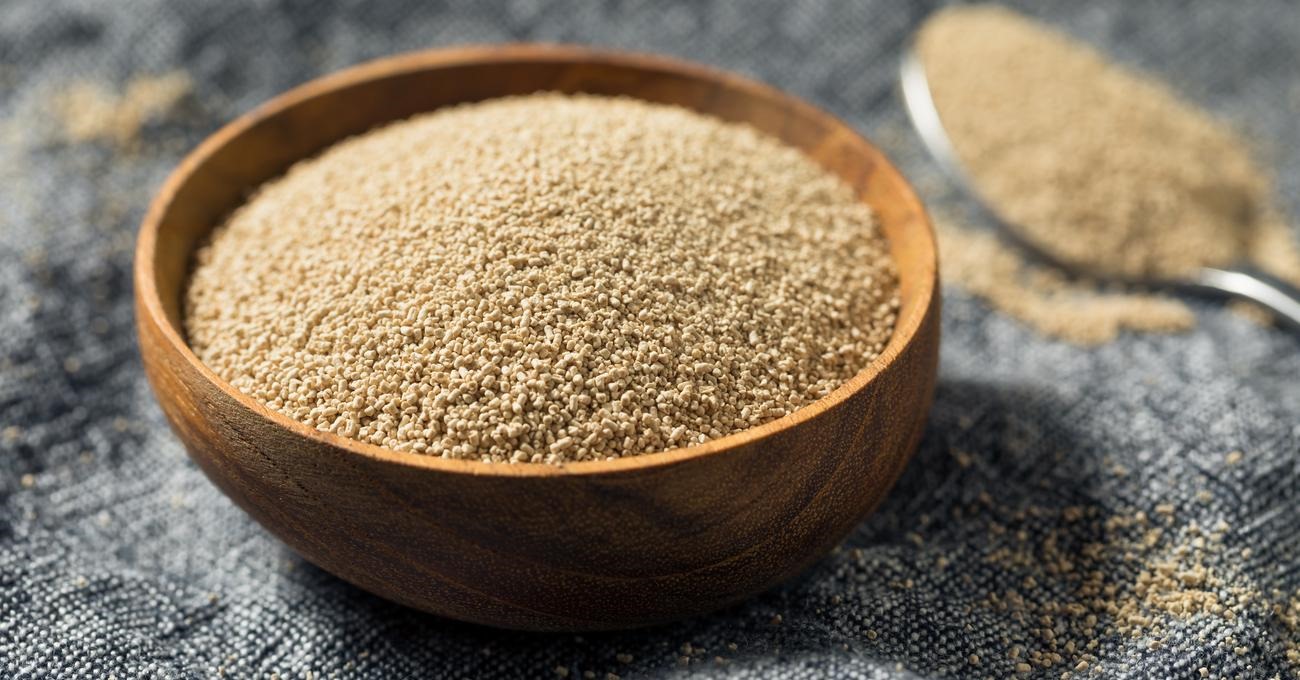
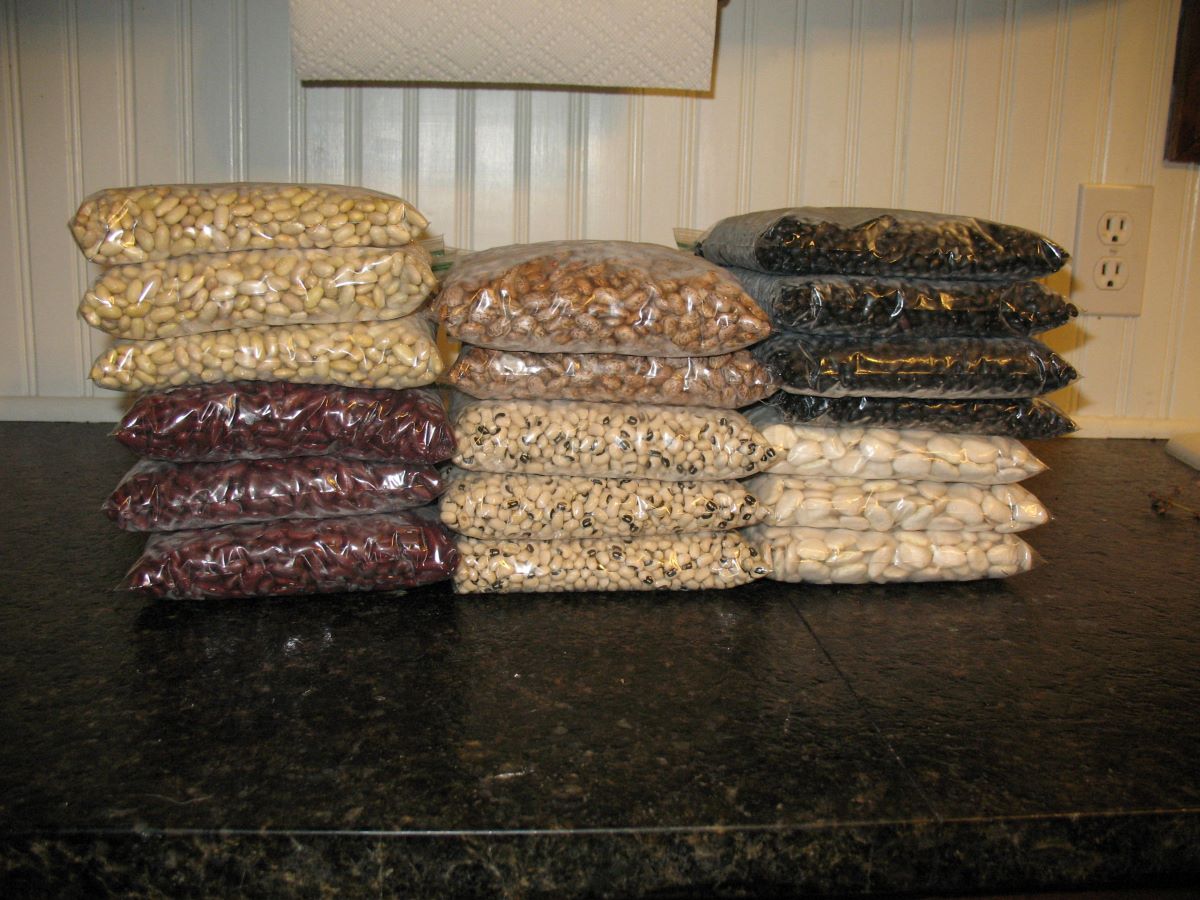
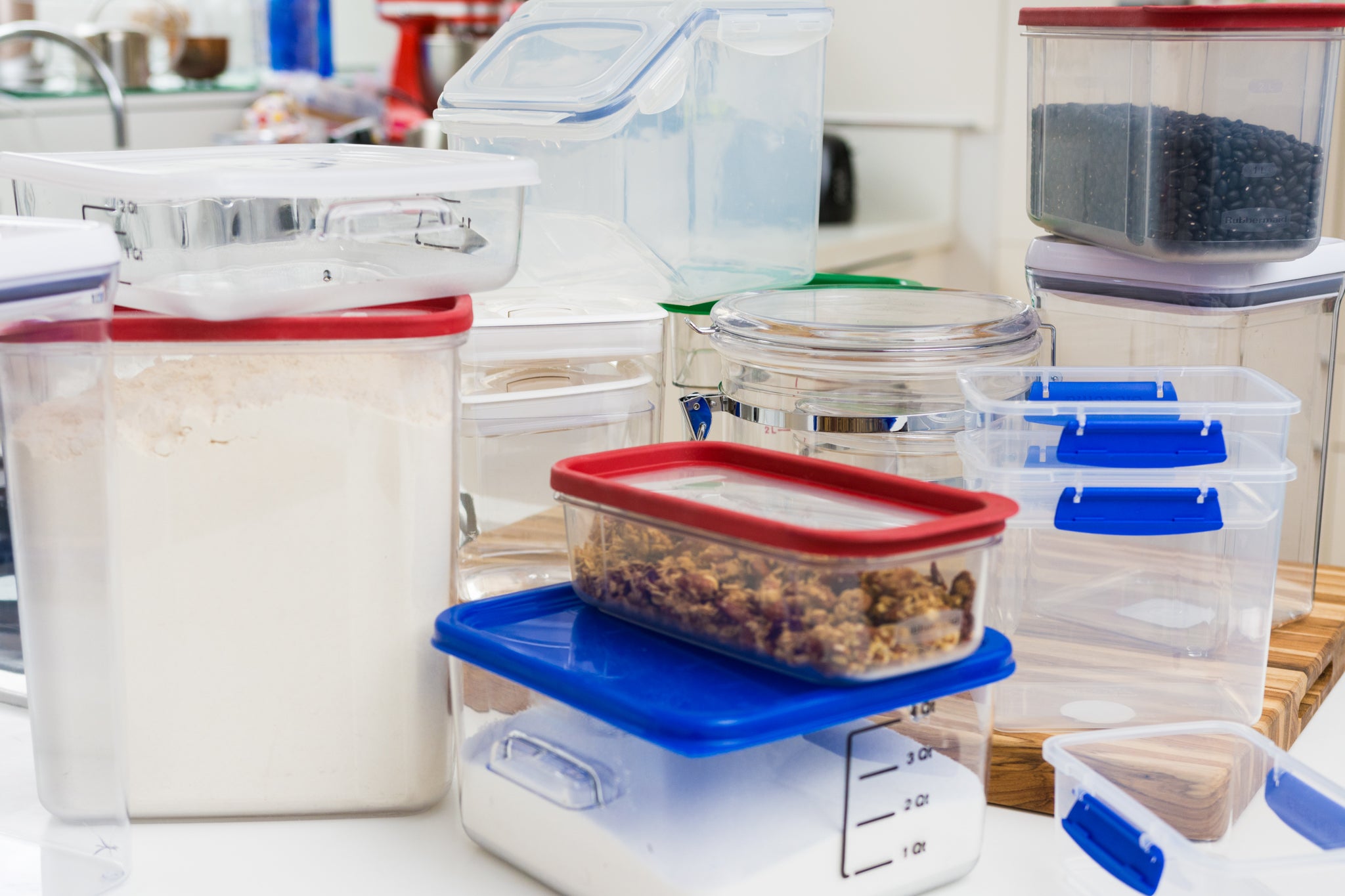
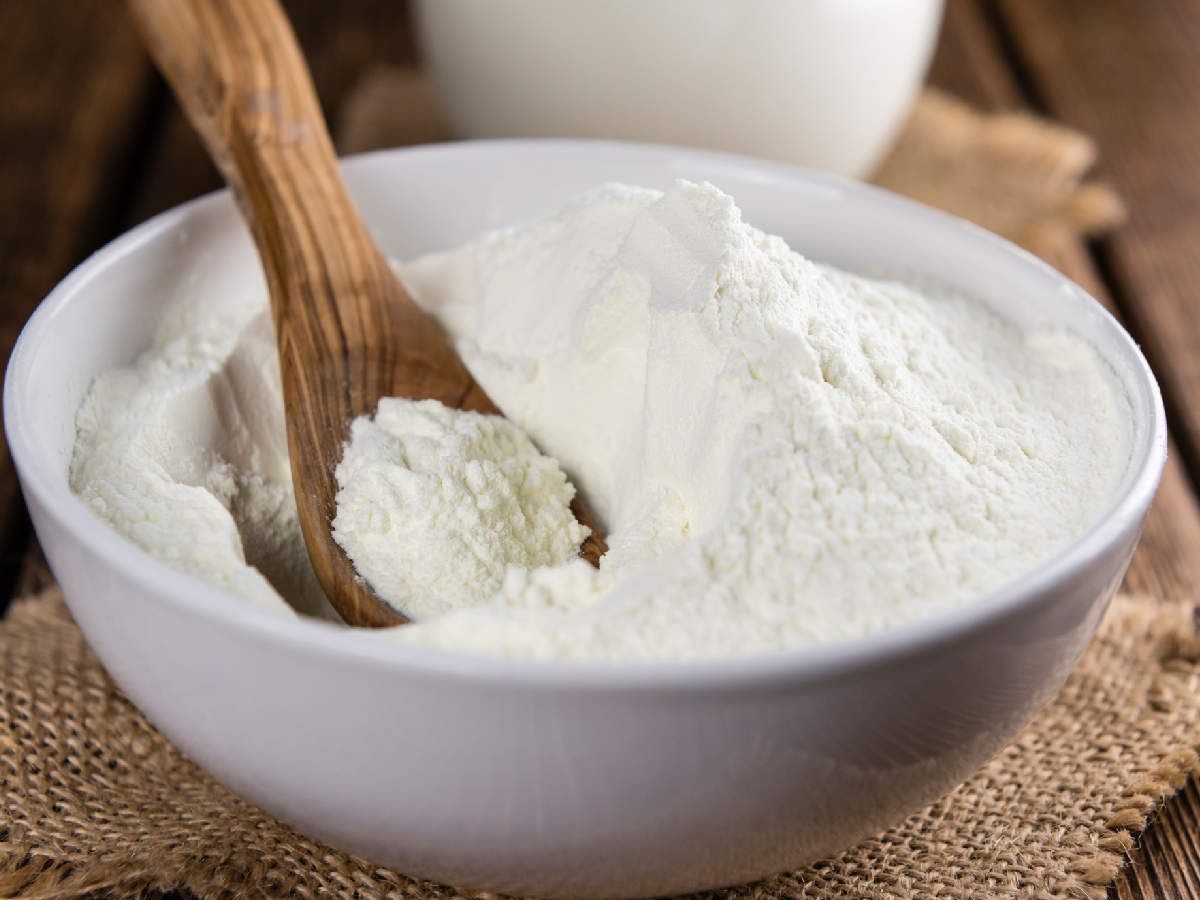
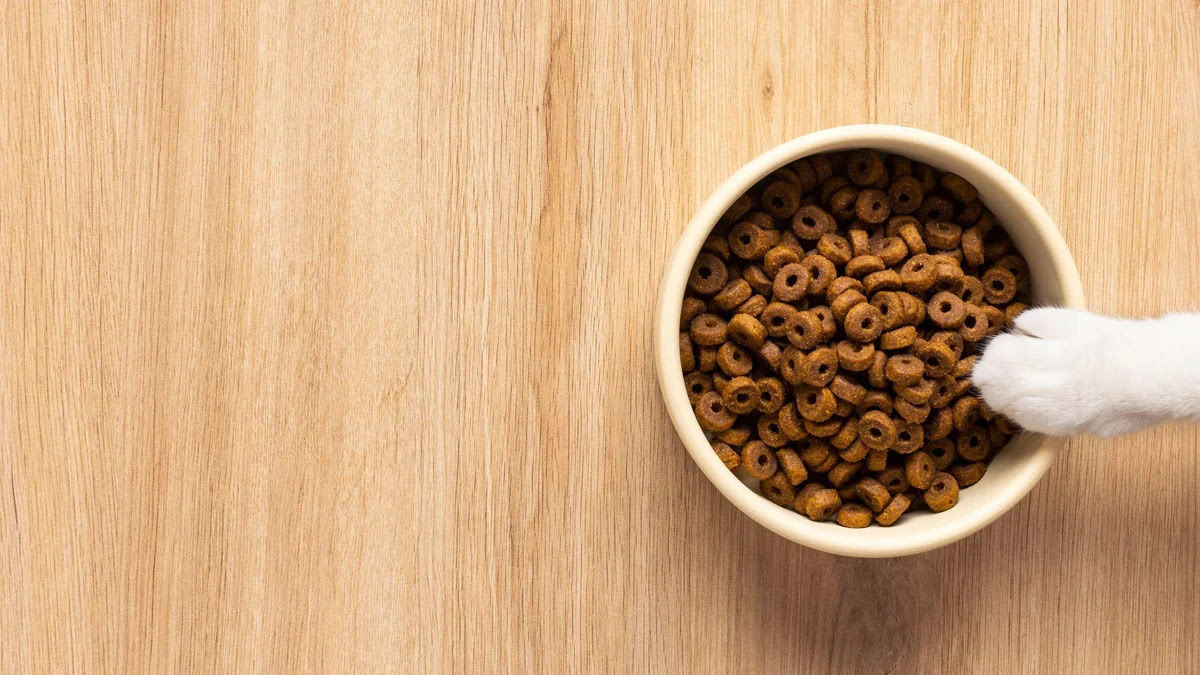
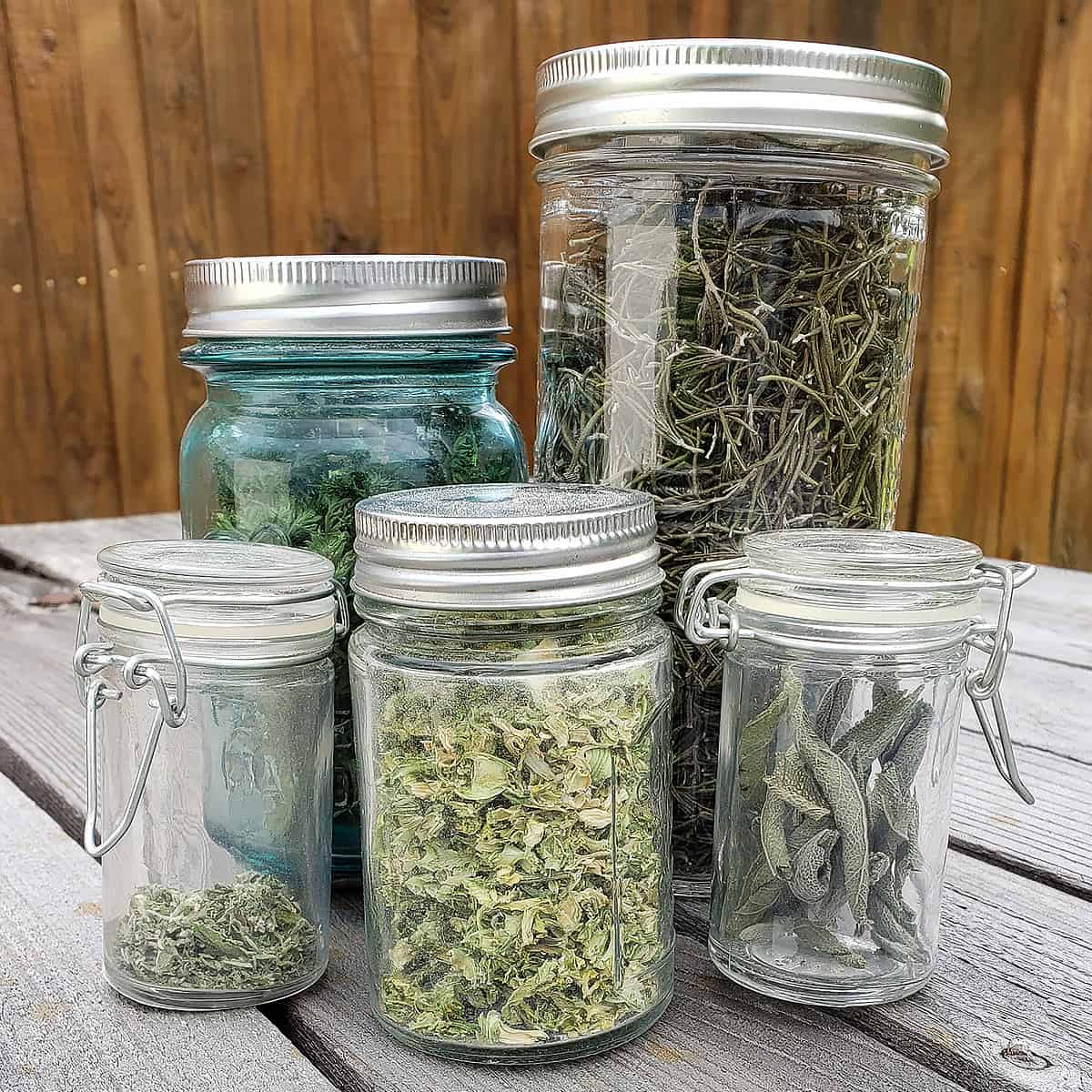
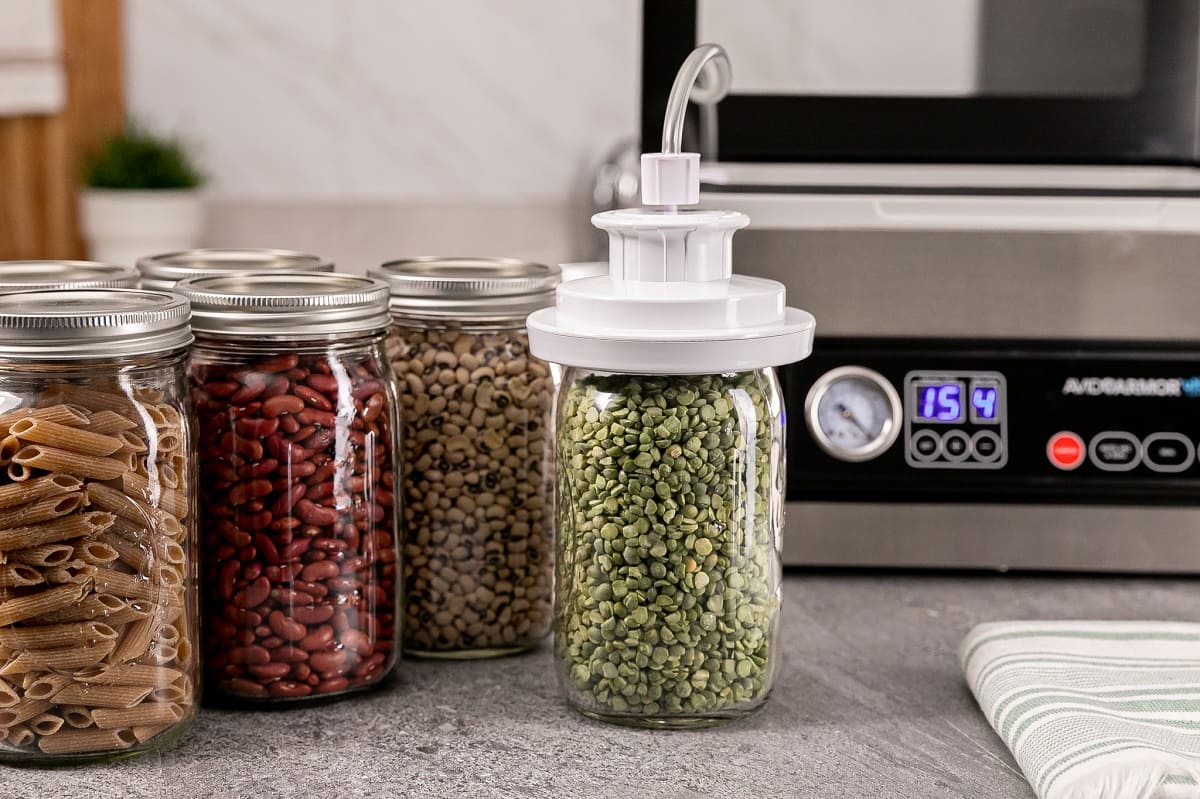
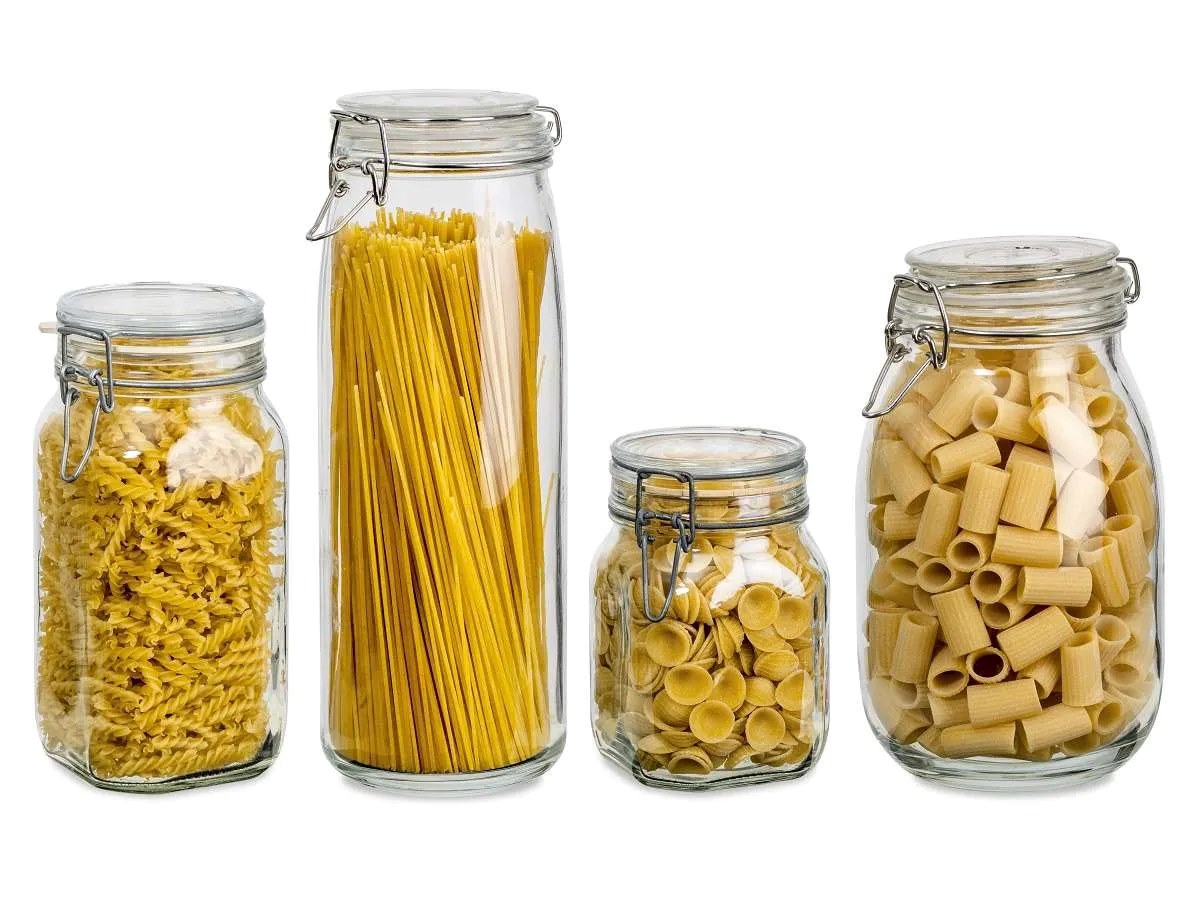
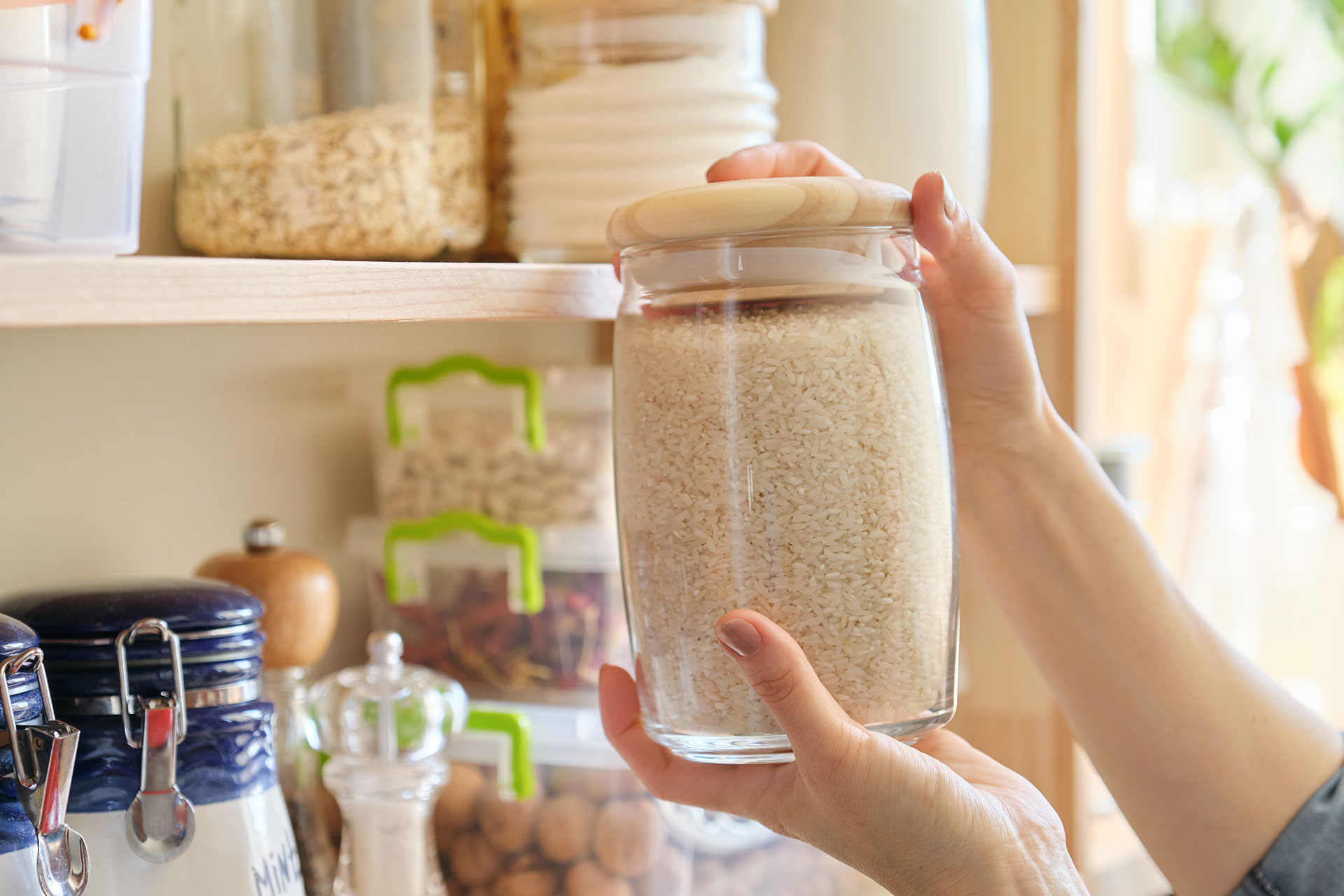
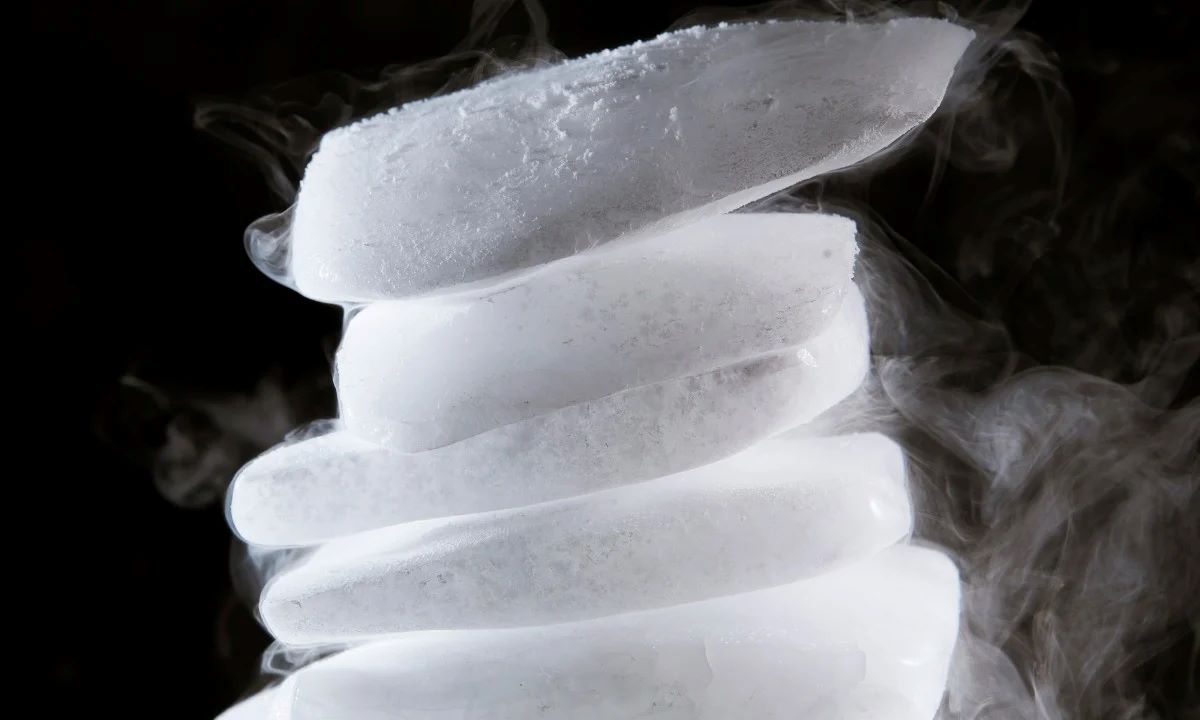
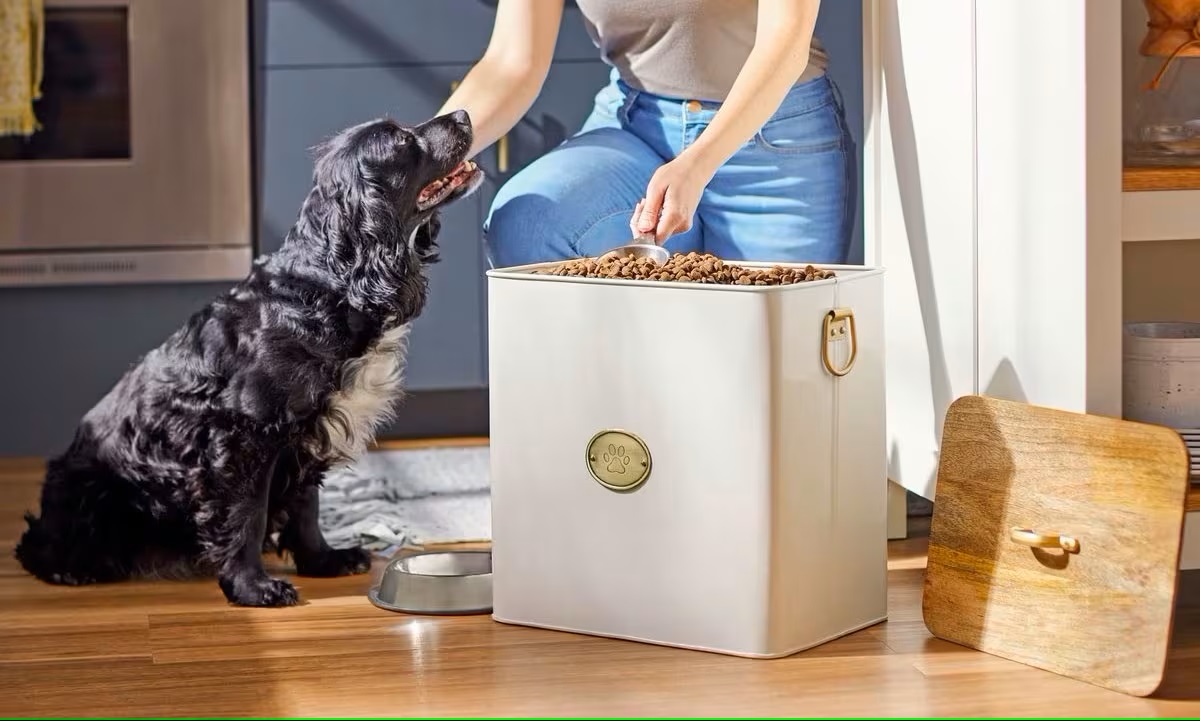
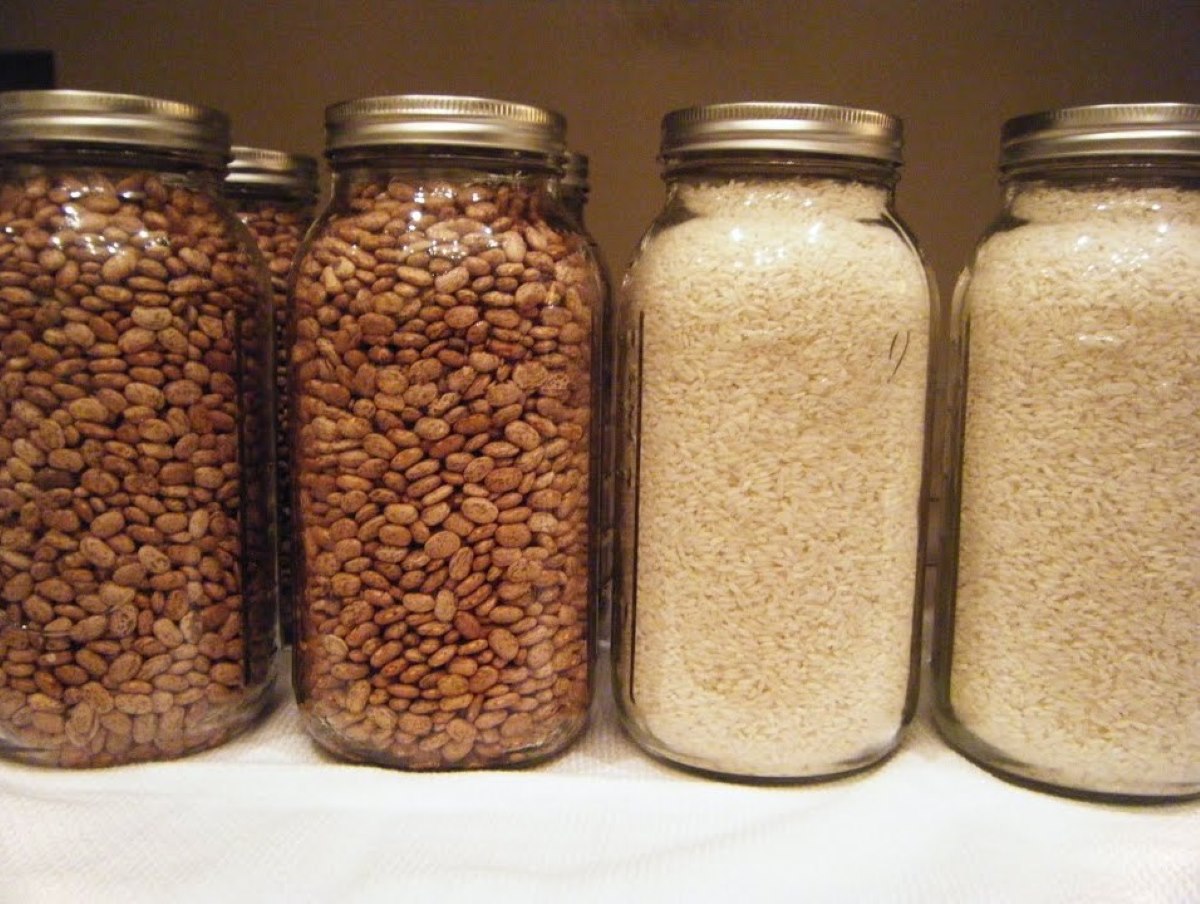



0 thoughts on “How To Store Dry Cat Food Long Term”